Post by Bonobo on Jan 13, 2019 19:03:20 GMT 1
Chris Niedenthal became famous for his photos documenting the martial law in communist Poland. Many years had passed since that time and he thought it was time to retire. Fortunately, PiS came to power and started to bring back communist style. Niedenthal decided to take action, like in 1980s when he felt Poland was in need.
wiadomosci.onet.pl/tylko-w-onecie/100-lat-polsko-niedenthal-wrocilem-na-ulice-bo-jestem-wkurzony/xn51n6g
en.wikipedia.org/wiki/Chris_Niedenthal
Christopher Jan Niedenthal (born 21 October 1950 in London) is a British-Polish photographer and photojournalist. A member of the Association of Polish Art Photographers, his pictures were published in a number of internationally renowned newspapers and magazines, among them Newsweek, Time, Der Spiegel and Forbes. In 1986 he received the World Press Photo prize for a portrait of János Kádár.
He is best known for his series of photographs documenting life behind the Iron Curtain, as well as the history of Solidarność. His picture of an Armoured Personnel Carrier standing in front of Warsaw's "Moscow" cinema screening "Apocalypse Now" became one of the icons of the Martial Law in Poland.
Chris Niedenthal was born 1950 in London,[1] to a family of Polish World War II-era refugees. His father used to be a public prosecutor in Vilna until the war, after 1945 he was forced to settle in the United Kingdom, where he started working for the ministry of education. Niedenthal's mother had been working for the emmigree Polish Telegraphic Agency. He first visited Poland in 1963 and since then he was regularly visiting the country of his parents.
He received his first photographic camera, the Kodak Starmite, at the age of 11. Soon after finishing school he joined the London College of Printing, where he graduated from a three-year photography course. In 1973 he settled in Poland and became a freelancer journalist and photographer for Newsweek.[1] His first major photoreport featured illegal churches established against the will of the ruling communist party in the People's Republic of Poland. In 1978 Niedenthal was the first to document the town of Wadowice, the hometown of Karol Wojtyła immediately after the latter had been elected pope John Paul II. He also documented the pope's first visit to Poland the following year.
In 1980 Niedenthal, together with Michael Dobbs, were the first foreign journalists to enter the Gdańsk Shipyard during the rise of the Solidarnosc movement. After the community leadership introduced martial law, Niedenthal was one of very few foreign photographers documenting the reality in Poland for western media. He managed to smuggle many of his pictures abroad, to be published in Germany's Der Spiegel or American Newsweek and Time. Among such pictures was one that became an icon of that part of Polish history, depicting a SKOT APC standing in front of a cinema in Warsaw, with a large banner advertising Francis Ford Coppola's Apocalypse Now in the background. His 1986 picture of Hungarian communist leader János Kádár made it to the cover of the international edition of TIME magazine and was awarded with the World Press Photo prize for that year.[1]
In 1987 Niedenthal moved to Vienna to work for Time's Eastern European office, but returned to Poland soon afterwards. In 1998 he received Polish citizenship and continues to live in Poland.

Communist Poland in his photography



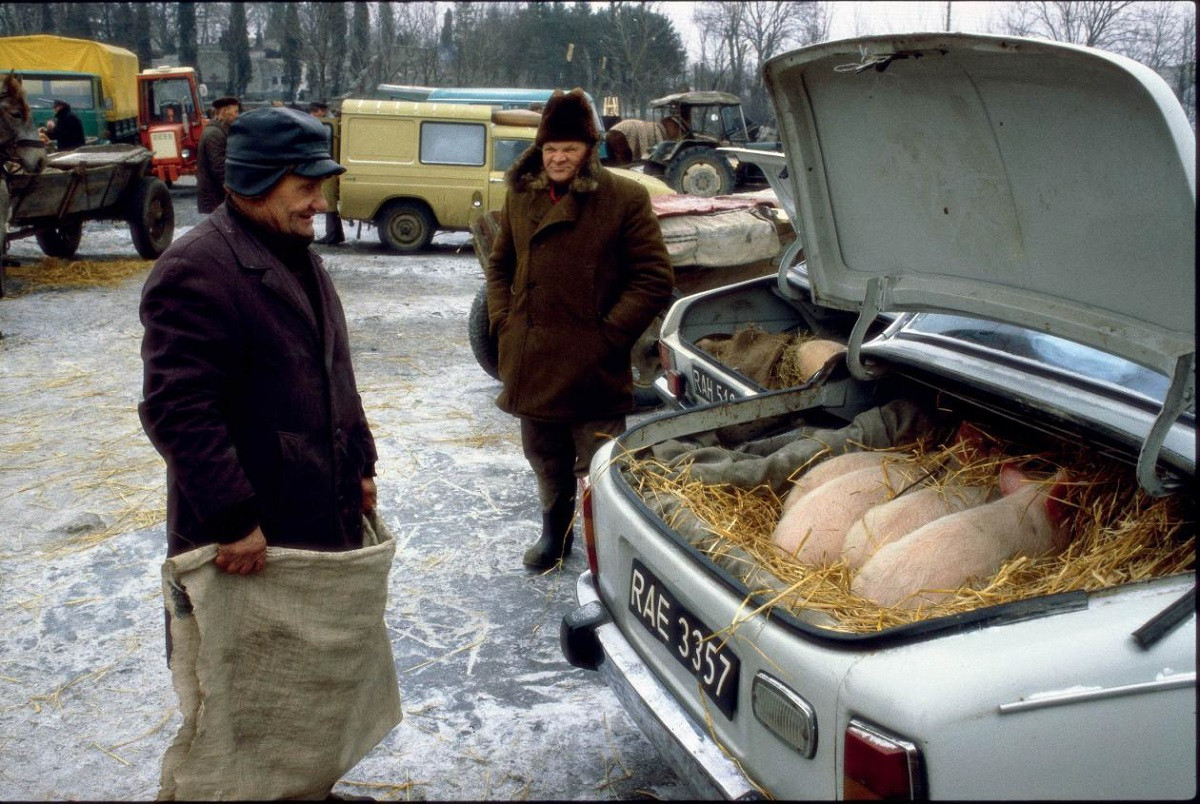

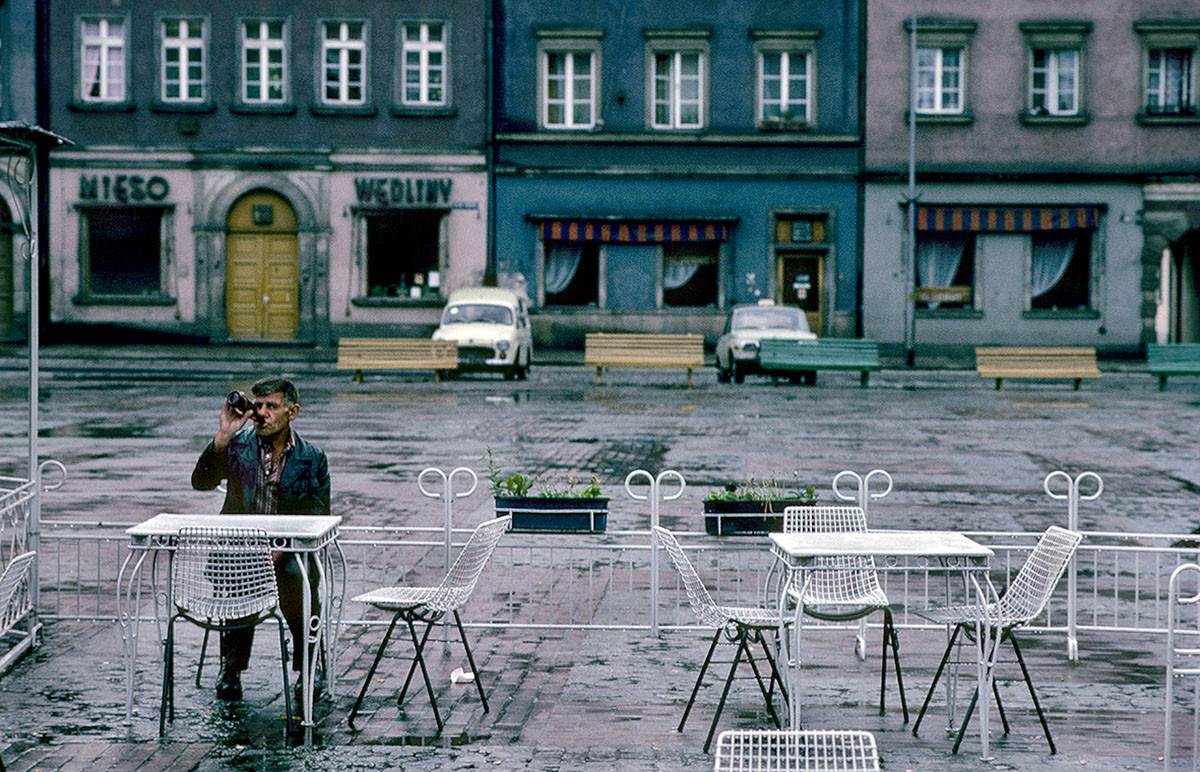




Poland in PiS times
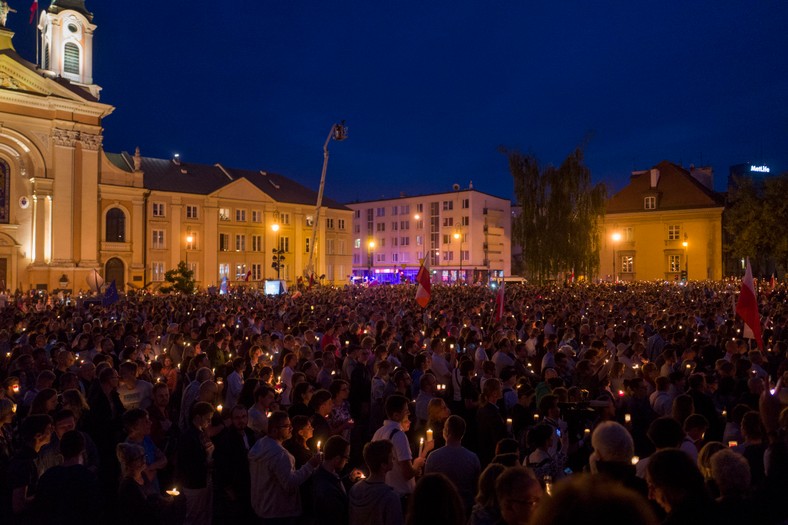

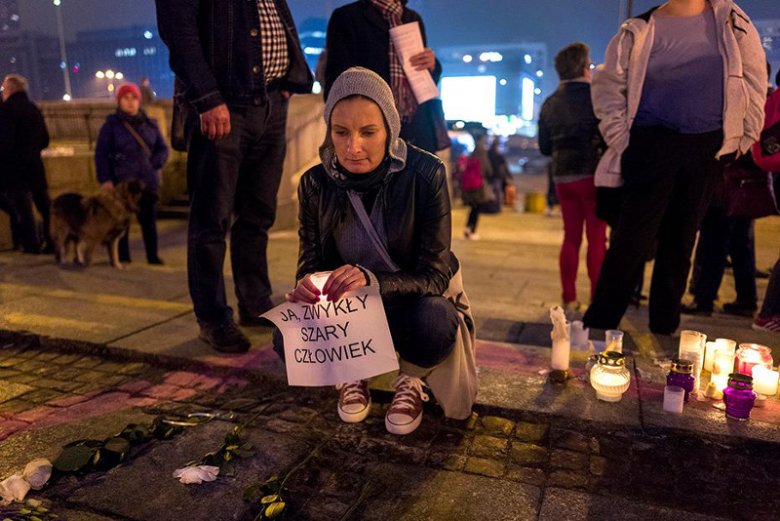
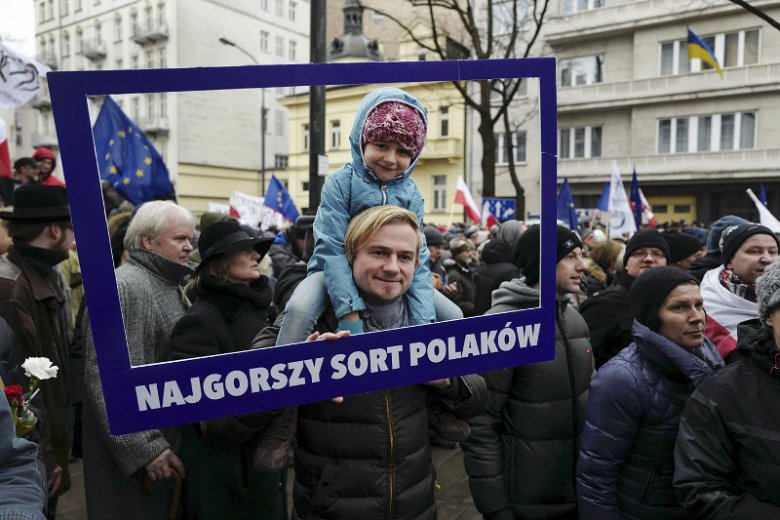
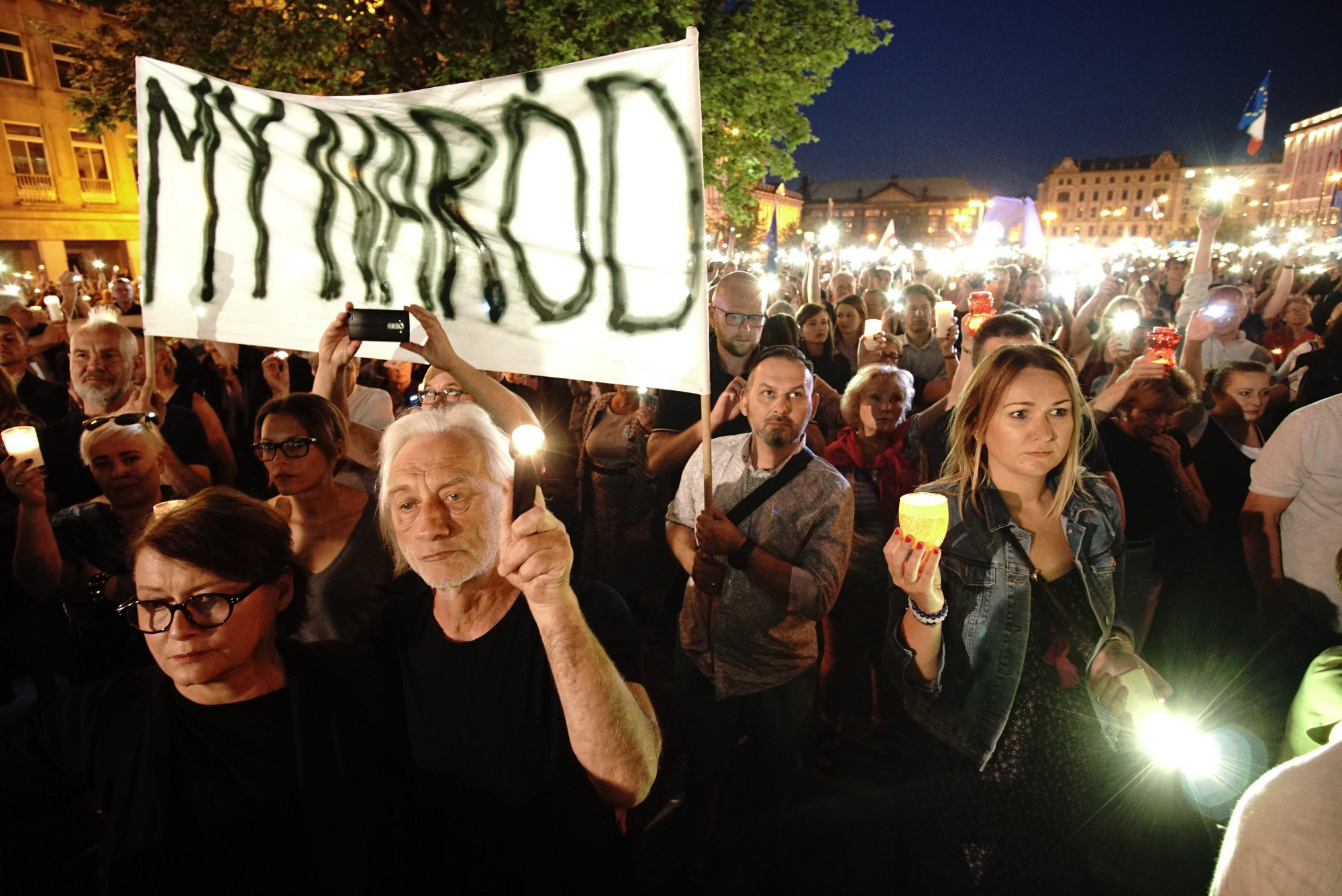

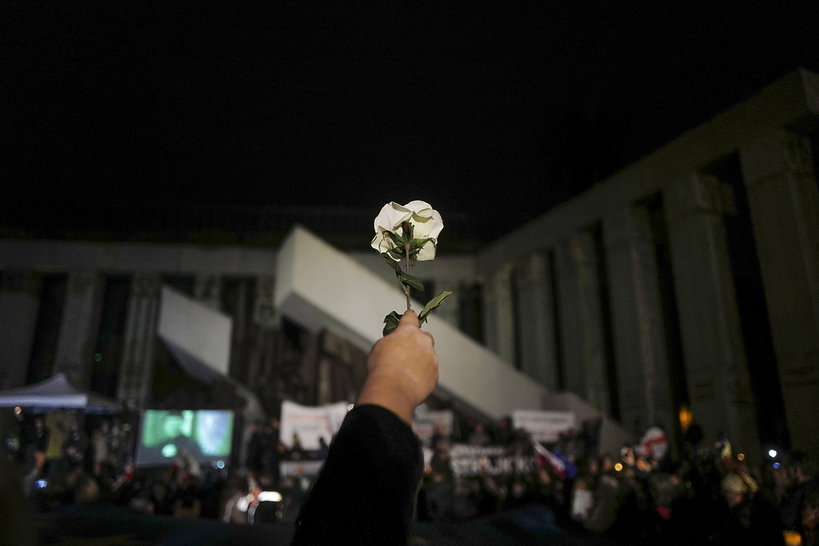

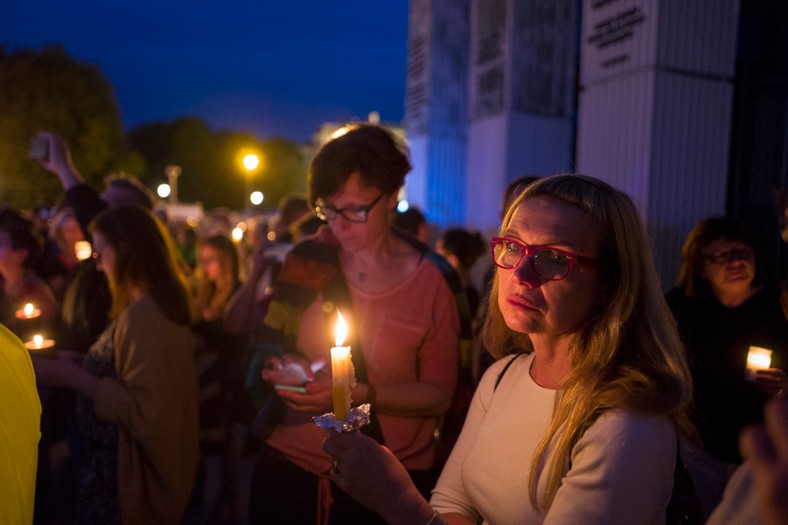

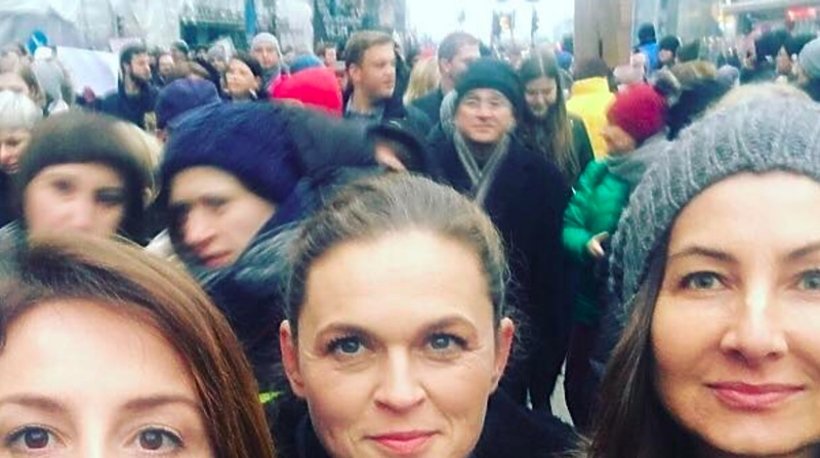
wiadomosci.onet.pl/tylko-w-onecie/100-lat-polsko-niedenthal-wrocilem-na-ulice-bo-jestem-wkurzony/xn51n6g
en.wikipedia.org/wiki/Chris_Niedenthal
Christopher Jan Niedenthal (born 21 October 1950 in London) is a British-Polish photographer and photojournalist. A member of the Association of Polish Art Photographers, his pictures were published in a number of internationally renowned newspapers and magazines, among them Newsweek, Time, Der Spiegel and Forbes. In 1986 he received the World Press Photo prize for a portrait of János Kádár.
He is best known for his series of photographs documenting life behind the Iron Curtain, as well as the history of Solidarność. His picture of an Armoured Personnel Carrier standing in front of Warsaw's "Moscow" cinema screening "Apocalypse Now" became one of the icons of the Martial Law in Poland.
Chris Niedenthal was born 1950 in London,[1] to a family of Polish World War II-era refugees. His father used to be a public prosecutor in Vilna until the war, after 1945 he was forced to settle in the United Kingdom, where he started working for the ministry of education. Niedenthal's mother had been working for the emmigree Polish Telegraphic Agency. He first visited Poland in 1963 and since then he was regularly visiting the country of his parents.
He received his first photographic camera, the Kodak Starmite, at the age of 11. Soon after finishing school he joined the London College of Printing, where he graduated from a three-year photography course. In 1973 he settled in Poland and became a freelancer journalist and photographer for Newsweek.[1] His first major photoreport featured illegal churches established against the will of the ruling communist party in the People's Republic of Poland. In 1978 Niedenthal was the first to document the town of Wadowice, the hometown of Karol Wojtyła immediately after the latter had been elected pope John Paul II. He also documented the pope's first visit to Poland the following year.
In 1980 Niedenthal, together with Michael Dobbs, were the first foreign journalists to enter the Gdańsk Shipyard during the rise of the Solidarnosc movement. After the community leadership introduced martial law, Niedenthal was one of very few foreign photographers documenting the reality in Poland for western media. He managed to smuggle many of his pictures abroad, to be published in Germany's Der Spiegel or American Newsweek and Time. Among such pictures was one that became an icon of that part of Polish history, depicting a SKOT APC standing in front of a cinema in Warsaw, with a large banner advertising Francis Ford Coppola's Apocalypse Now in the background. His 1986 picture of Hungarian communist leader János Kádár made it to the cover of the international edition of TIME magazine and was awarded with the World Press Photo prize for that year.[1]
In 1987 Niedenthal moved to Vienna to work for Time's Eastern European office, but returned to Poland soon afterwards. In 1998 he received Polish citizenship and continues to live in Poland.

Communist Poland in his photography










Poland in PiS times













